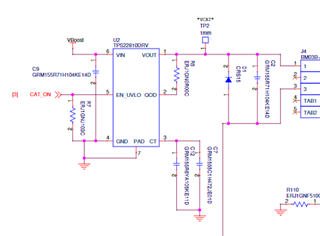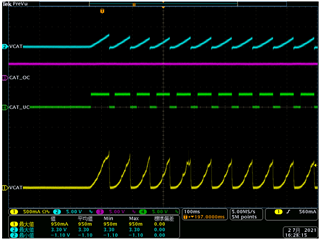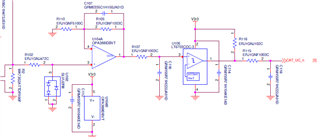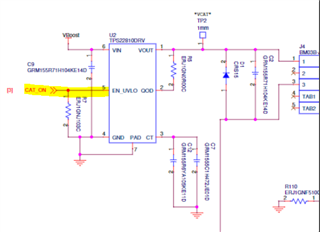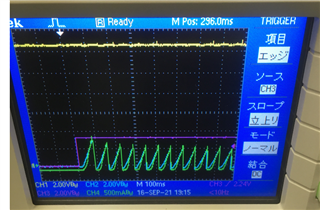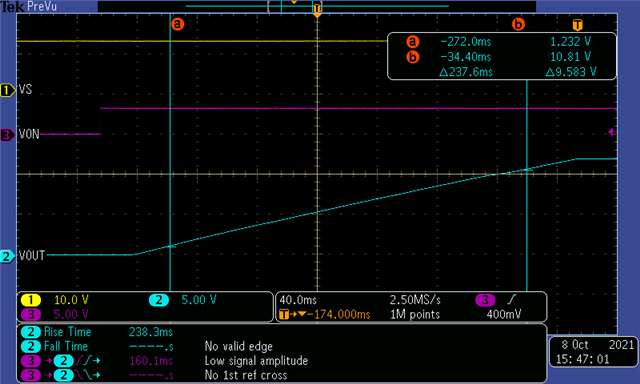About thermal shutdown of TPS22810
The circuit diagram is shown below.
It also shows the observed waveform.
The voltage drops at startup. Is this because the thermal shutdown function of TPS22810 is working?
I don't understand why the voltage is off.
CH1:Current flowing through the IC
CH2:Vboost
CH3 and CH4 are my original monitoring circuit, so it might be ignored.
